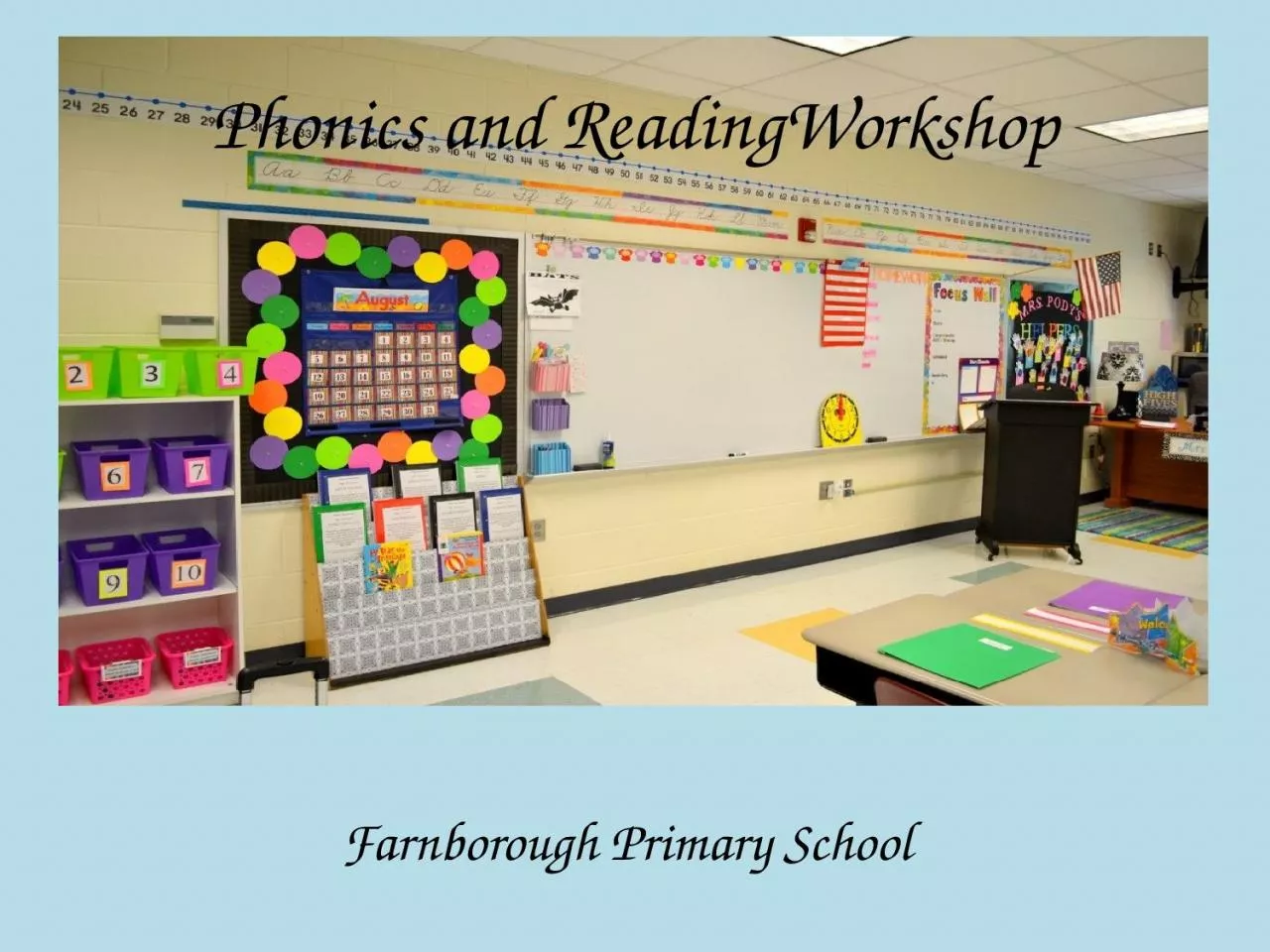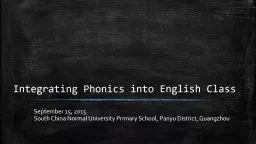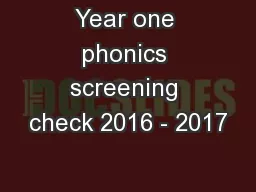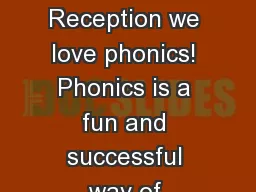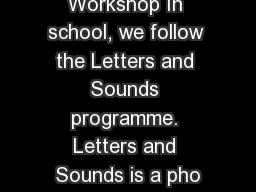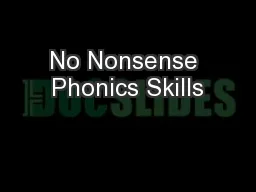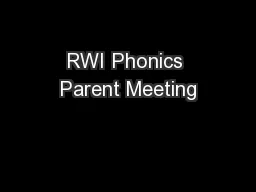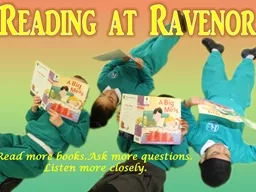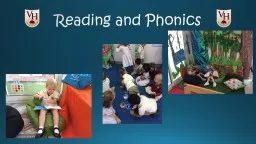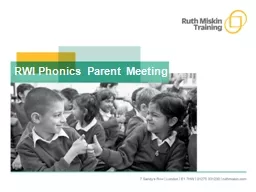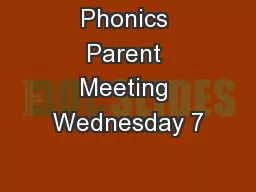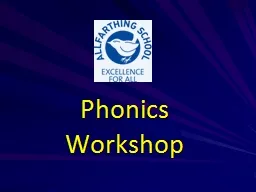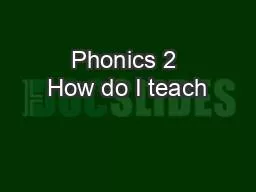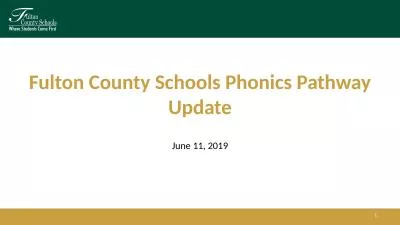PPT-Phonics and ReadingWorkshop
Author : freya | Published Date : 2024-02-03
Farnborough Primary School Session Aims What does phonics mean Understanding the 44 sounds of the English Language How to support blending skills for reading What
Presentation Embed Code
Download Presentation
Download Presentation The PPT/PDF document "Phonics and ReadingWorkshop" is the property of its rightful owner. Permission is granted to download and print the materials on this website for personal, non-commercial use only, and to display it on your personal computer provided you do not modify the materials and that you retain all copyright notices contained in the materials. By downloading content from our website, you accept the terms of this agreement.
Phonics and ReadingWorkshop: Transcript
Download Rules Of Document
"Phonics and ReadingWorkshop"The content belongs to its owner. You may download and print it for personal use, without modification, and keep all copyright notices. By downloading, you agree to these terms.
Related Documents

